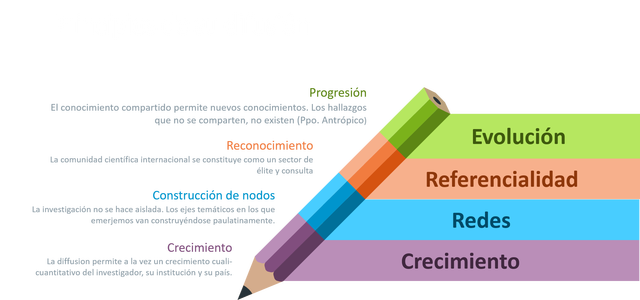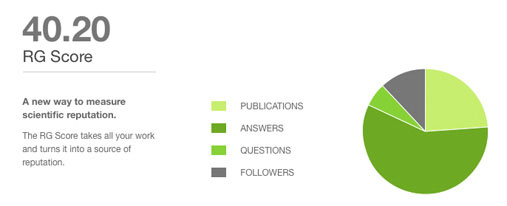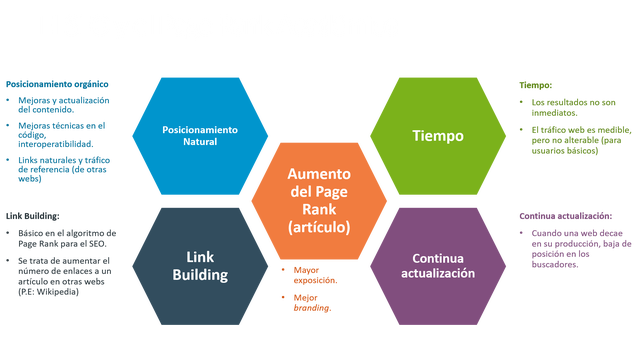Author: Luis-Miguel Romero – Translation: Erika-Lucia Gonzalez-Carrion
The diffusion and socialization of research is essential in the scientific activity, because those findings that are not shared, simply do not exist. Maximizing the visibility of a publication, such as article, chapter of a book, Act of Congress, poster, reports, patents, etc.; allows to get the works known, creating groups and networks of interest and increases potentially the possibilities of being cited by other authors.

Academic Social networks have a lot of advantages. The main ones are:
- Improvement of the positioning of the SEO and Academic SEO of the work in general and specialized search engines: The greater presence in the research works, the greater exposure of them in the network.
- Extends the amount of metadata for semantic search for their own search engines and directly impacts on the algorithms of PageRank of the profile of the author.
- They allow creating communities organized for thematic axis, institutions and publications.
- Enable the easy access to publications and their download.
- Serve as seekers of other scientific works.
- Facilitate P2P communication between researchers through mailbox.
- Make analytical in real-time: Most viewed documents, numbers of visits to the profile, key words that have intertwined with the published work, countries from which has been consulted, among others.
- Give quick access to any publication either own or of thirds, at the same time that it is a repository of works.
RESEARCHGATE

Thanks to the development and popularization of Information and Communication Technologies, in recent years there have been various proliferated specialized social networking for academics, being the main Mendeley Academy, AutoresRedalyc ORCID, and which concerns us in this post: ResearchGate.
This social network was created in 2008 and at the beginning of 2016 it reported more than 9 million users around the world. According to various studies, ResearchGate is the network with the largest number of active users, even when its nearest competitor, Academia.edu reported on January 2016 a total of 34 million of users, of which less than 1/3 are classified as active users.
Its intuitive design and easy access allows users to register (even through registration by Facebook) and upload documents with relative simplicity.
One of the elements that ResearchGate has recently added to its interface and that have provoked more controversy in the scientific community (especially among specialists in documentation and sciences of information) has been the RG Score. This is an algorithm that grades the authors and gives them a public score, depending on 4 factors:
- Publications: Those documents that are associated with high-impact journals increase the score of the author, depending on the assessment that the system provides to that magazine.
- Questions: One of the peculiarities of this network is that it has a section Q & A (questions and answers), in which the members of the community can open threads of discussion (forums) requesting information for their academic work.
- Replies: the algorithm of the platform also awards points for the number of received replies to a question made by the owner of the profile.
- Supporters: In this aspect it is not so important how many followers you have, but the quality of them (and their RG Score).

To open an account at ResearchGate, we should go to its websitego, enter into the section «Join for free» on the top bar and follow the instructions. Once we have created the profile of the researcher and validated the account in the associated email account (recommended be the institutional email of a University), we can incorporate our academic works and search and follow those researchers who share common research interests.
In order to upload an own publication, first we must make sure that this publication has the author rights needed for the individual diffusion (Open Access, Creative Commons or Copy left licenses). On the other hand, if the magazine in which the publication has restricted rights for the personal diffusion (Copyright), we must either count with its permission or wait the vacatio of restriction that the own publication establishes to start personal diffusion.

To upload a publication to ResearchGate and share it with researchers in this scientific social network, it is necessary to access the «Add New» section, select whether it is an article, book, chapter in book, code, act of conference, cover, poster, etc. Once inside this selection, we can manually upload the document (from the computer file) and fill in the metadata – title, name of the journal, ISSN, descriptors, DOI, etc.). To increase the scope of the document, it is always important to «tag» to the original co-authors of the originals- and they should be registered in ResearchGate-, so that, the work will increase its scope not only to your own organic followers, but also to theirs exponentially.

